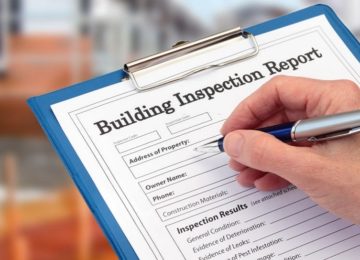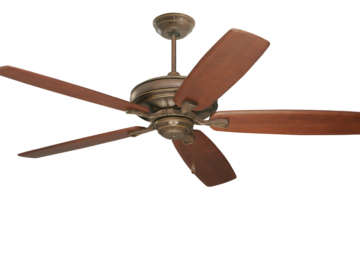Now that spring is here and the ground has dried up enough for work to be done, I’m ready to tackle the construction of a large (and hopefully imposing) fence to protect the young orchard that I planted last summer from being quietly consumed by hungry deer.
In preparation for the project, I’ve done a lot of research about the type of deer fence I’ll need and Bennersgardens.com has all the supplies and options available. How high should it be? How strong should it be? Are there any special considerations to keep in mind?
Ultimately, I’ve settled on constructing an eight-foot barrier made from black plastic deer fence, but along the way I’ve learned a lot of helpful tips that I’ll put to use. If you’re considering building a similar fence to keep deer out of your orchard or garden, let me save you some research and share these five insights that I’ve learned.
Height Matters: The Eight-Foot Rule
Deer are known for their impressive jumping abilities, easily clearing obstacles that are lower than eight feet. This is why experts recommend a minimum fence height of eight feet to prevent deer from leaping over effortlessly. An eight-foot fence presents a significant physical barrier that challenges deer to clear. It’s important to note that deer can jump higher when motivated, such as when they are fleeing from perceived danger, so exceeding this height recommendation can offer additional security.
The Dual-Fence Strategy
For areas where an eight-foot fence isn’t feasible or cost-effective, a dual-fence approach can be a practical alternative. This method involves constructing two shorter fences spaced apart with a gap between them. Deer struggle to accurately judge both the height and distance of two barriers, particularly due to their relatively poor eyesight. The presence of two fences creates a psychological deterrent, discouraging deer from attempting to jump over the combined obstacle.
Securing the Bottom: Preventing Underneath Intrusions
Even if deer cannot leap over a fence, they may attempt to sneak underneath it. This is why it’s crucial to ensure the bottom of the fence is securely fastened to the ground. For fences made of materials like plastic or welded wire, use sturdy anchors such as tent stakes or ground staples spaced at regular intervals. This prevents deer from burrowing or squeezing underneath the fence, maintaining its effectiveness as a barrier.
Optimal Post Placement: Preventing Sagging and Pressure
Proper placement of fence posts plays a critical role in maintaining fence integrity and preventing sagging. Spacing posts too far apart can create weak points along the fence where sagging is more likely to occur. To distribute weight and tension evenly, posts should be positioned approximately eight to 12 feet apart, depending on the type and height of the fence. This spacing ensures that the fence remains taut and sturdy, reducing the risk of sagging or leaning over time.
Enhancing Visibility: Using Warning Ribbons
Certain types of fences, such as black plastic or welded wire, can be difficult for deer to see, especially in low light conditions. Enhance the visibility of your fence by attaching brightly colored ribbons or tape between posts. Position these visual markers at a height of about four feet from the ground, where they are easily visible to deer. The contrasting colors serve as a clear visual cue, alerting deer to the presence of a barrier and deterring them from attempting to breach it.
Conclusion
By incorporating these strategies into your deer fence construction, you can create a highly effective barrier that protects your garden or orchard from persistent deer. Understanding deer behavior, choosing the appropriate fence height, considering alternative strategies like dual fencing, securing the bottom to prevent burrowing, spacing posts optimally to prevent sagging, and enhancing fence visibility with warning ribbons are all essential elements for a successful deer deterrent system. With these measures in place, you can enjoy the fruits of your labor without worrying about deer damage impacting your harvest.











